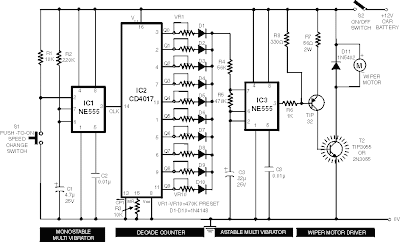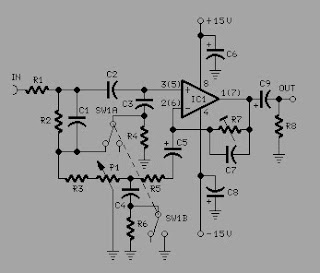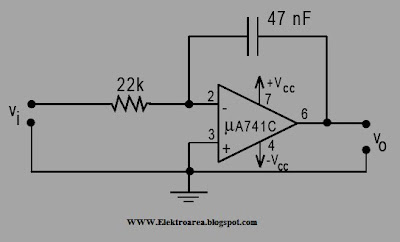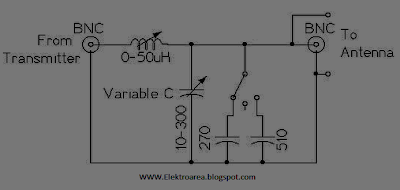
For some car wiper speed sometimes just made some speed so that less appropriate when we want a different speed, but for those of you who want a digital wiper speed controller you can also use this circuit to replace your old system.Skema rangkaian kontrol kecepatan wiper mobilThis circuit comprises 2 timer NE555 ICs, one CD4017 decade...





















































